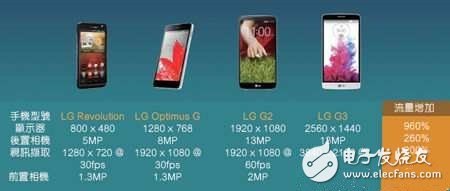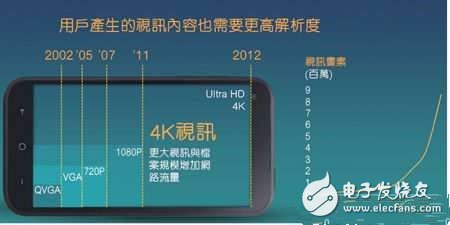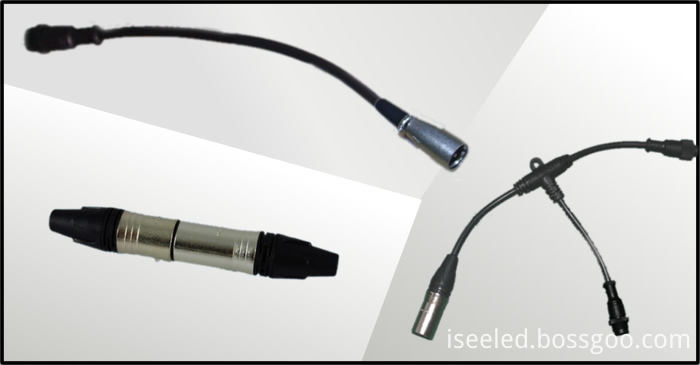As smart phones continue to add more and more photos and video transmissions (such as Instagram, YouTube and Skype), the demand for more wireless data is growing. However, when you watch video on your mobile phone, it is still very frustrating to see the buffered picture often because the cellular service is too slow!
But in many cases, even if a smart phone uses a quad-core, eight-core or even a ten-core application processor, this may not help.
On the other hand, with the launch of every new generation of smart phones, users' desire for larger screen sizes and higher resolutions means more data. However, users usually don't associate their new large-size phones with 'larger screens and more high-resolution consumption of more data'. In fact, this is one of the important factors in the data budget.
The camera resolution of smart phones is constantly improving, and the resolution of the 20 million-pixel rear camera and the front camera of 5 million pixels is becoming more and more common. You can imagine that there will be higher pixels in the future, and the resulting higher data consumption. Figure 1 shows the evolution from QVGA to Ultra High Definition (UHD), and the bandwidth required for each new generation of mobile display is growing exponentially.

Figure 1: Smart phone hardware innovation - more advanced hardware app traffic increased
According to Ericsson's June 2015 Mobility Report, video streaming and social networking dominated overall application traffic. In many mobile networks, Ericsson has found that about 40%-60% of video traffic is currently from YouTube.
The report also predicts that mobile video traffic will grow by 55% annually, and by 2020, about 60% of mobile data traffic will come from video. Especially with the strong promotion of OTT suppliers such as YouTube and Netflix, the video streaming media caused by user behavior is growing very fast.
Cisco Corp. also expects mobile data traffic to grow at a compound annual growth rate (CAGR) of 65% from 2013 to 2018. Therefore, both network capacity and device transfer rate must exceed this growth rate in order to improve the user experience of consuming and generating (increasingly) data traffic.

Figure 2: The source of the increase in upload data traffic?
In order to meet the needs of mobile phone users for more entertainment video, streaming music, video conferencing, interactive games and higher data rates, mobile operators such as AT&T, Verizon and China Mobile need to strengthen their network services. But this requires a larger channel bandwidth to achieve higher speed downlinks and increased speed requirements for uplinks such as Skype and video conferencing such as AppleFaceTIme.
However, because the global spectrum allocation is very fragmented, the spectrum provided to the operator is usually pieced together in several different frequency bands, and the operator may not be able to directly assign its carrier to a higher bandwidth range.
Dmx Cable is customized LED Accessories to meet different led lighing project requirements, we can make Xlr Cable , xlr to xlr able, 3 Pin Dmx Cable, 5 pin DMX Cable. And the length is customized as well. The DMX cable can made by black pvc cable, white pvc cable, black rubber wire, and net wire, even the 18# color wire for indoor dmx signal transfer to get a economic solution.
Photo show of DMX Cable:

DMX Cable
Dmx Cable,Xlr Cable,Xlr To Xlr Cable,3 Pin Dmx Cable
Shenzhen Iseeled Technology Co., Ltd. , https://www.iseeledlight.com